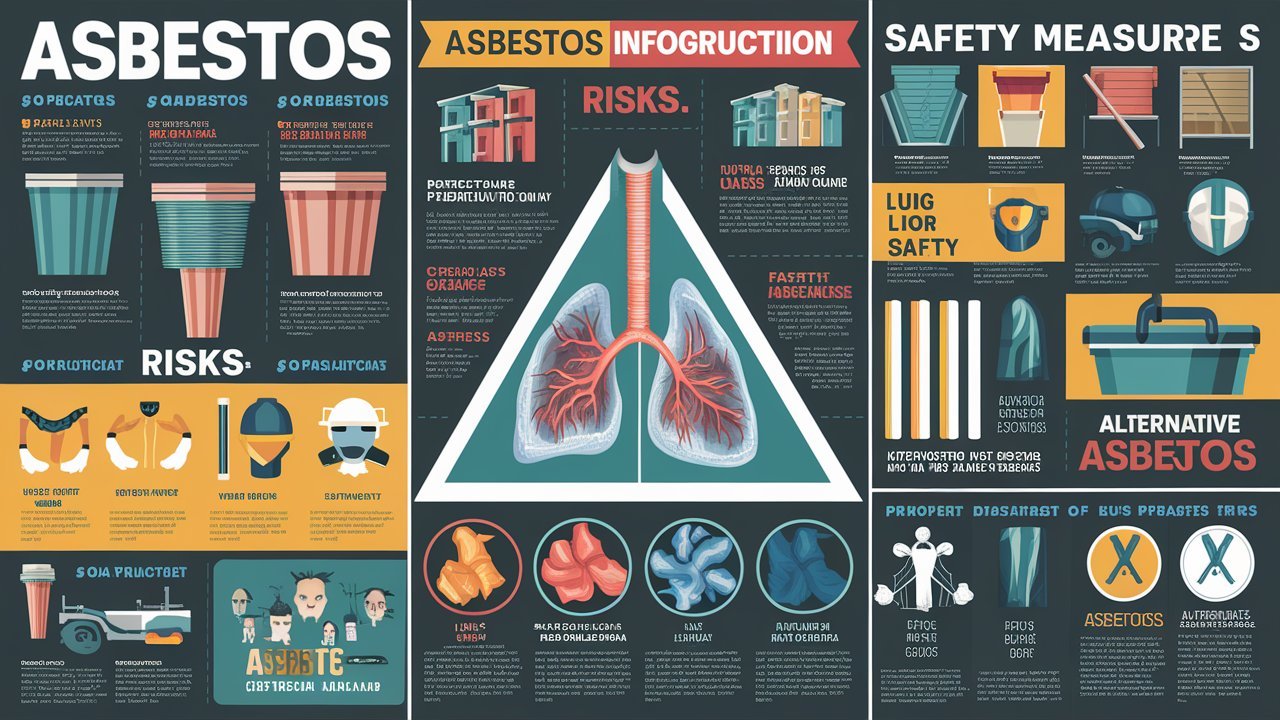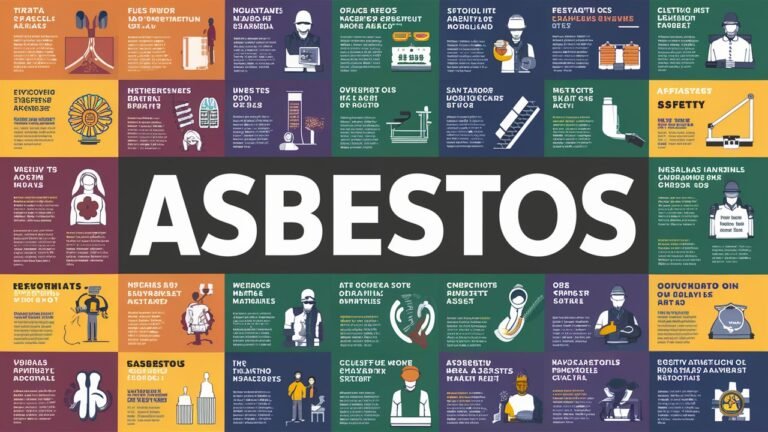The term asbestlint has been gaining attention in various industries due to its association with insulation, construction materials, and health risks. While asbestos has long been recognized for its durability and fire-resistant properties, asbestlint refers to fine particles or lint-like residues that may contain asbestos fibers. These fibers are dangerous when inhaled, as they can lead to severe respiratory diseases, including asbestosis, lung cancer, and mesothelioma. Understanding what asbestlint is, where it can be found, and how to manage it is crucial for protecting health and ensuring workplace safety.
What is Asbestlint?
Asbestlint can be described as the microscopic fibrous dust or lint particles that originate from asbestos-containing materials (ACMs). These particles are so fine that they can easily become airborne and remain suspended in the air for long periods, increasing the risk of inhalation. Unlike visible asbestos sheets or insulation boards, asbestlint is often invisible to the naked eye, making it especially hazardous in workplaces where asbestos materials are used or disturbed.
The Origins and Composition of Asbestlint
Asbestlint primarily forms when asbestos fibers break down due to:
-
Aging materials such as old insulation, tiles, or cement products
-
Mechanical disturbances during construction, drilling, or renovation
-
Weathering and corrosion in outdoor environments
-
Improper removal or disposal of asbestos-containing materials
Its composition is mainly magnesium silicate fibers, which are strong, flexible, and resistant to heat and chemicals. Unfortunately, these same properties make asbestlint non-biodegradable and persistent in the environment.
Health Risks of Exposure to Asbestlint
Exposure to asbestlint fibers is extremely harmful, as the body cannot easily expel these microscopic particles once inhaled. They lodge in the lungs and cause chronic irritation, leading to severe conditions such as:
-
Asbestosis – A chronic lung disease causing scarring and breathing difficulties.
-
Mesothelioma – A rare and aggressive cancer that affects the lining of the lungs, abdomen, or heart.
-
Lung Cancer – Directly linked to long-term asbestos exposure.
-
Pleural Thickening – Causing chest pain and reduced lung capacity.
Even short-term exposure to high concentrations of asbestlint can be dangerous, and symptoms often appear decades after initial contact, making prevention critical.
Where is Asbestlint Commonly Found?
Asbestlint may be present in many environments, especially where older buildings or industrial sites exist. Common sources include:
-
Construction and Demolition Sites – Dust released during renovations or demolitions of asbestos-insulated buildings.
-
Textiles and Insulation Materials – Old fireproof fabrics and insulation padding.
-
Shipbuilding and Automotive Industries – Brake linings, gaskets, and engine parts historically contained asbestos.
-
Residential Homes Built Before 1990 – Ceiling tiles, roofing, and wall insulation may emit fine asbestos fibers when deteriorating.

How to Identify Asbestlint Safely
Detecting asbestlint is challenging because it cannot be seen with the naked eye. Professional asbestos inspection is the safest method, often involving:
-
Air Monitoring – Testing air samples for fiber concentration.
-
Material Sampling – Laboratory analysis of suspected asbestos-containing products.
-
Microscopy Techniques – Using polarized light microscopy (PLM) or transmission electron microscopy (TEM) to identify fibers.
Attempting to inspect or disturb asbestos materials without proper equipment can increase exposure risks.
Safety Measures for Handling Asbestlint
Managing asbestlint requires strict adherence to safety regulations and protective practices:
-
Personal Protective Equipment (PPE) – Workers must wear respirators, disposable coveralls, and gloves.
-
Controlled Work Areas – Isolate contaminated areas and restrict access.
-
Wet Removal Methods – Spraying asbestos-containing materials with water to reduce airborne fibers.
-
HEPA Filtration Systems – Use high-efficiency filters in vacuums and air purifiers to capture microscopic fibers.
-
Proper Disposal – Seal asbestos waste in leak-tight containers and dispose of it at approved facilities.
Failure to follow these measures can lead to severe legal penalties and health hazards.
Regulations and Legal Aspects of Asbestlint
Governments around the world have established strict asbestos regulations to limit exposure. These include:
-
Occupational Safety and Health Administration (OSHA) exposure limits in workplaces.
-
Environmental Protection Agency (EPA) rules for asbestos removal and disposal.
-
International Bans in many countries that prohibit the use and sale of asbestos products.
Employers have a legal responsibility to provide safe working environments, train workers on asbestos hazards, and comply with inspection and removal regulations.
Prevention and Awareness
The most effective way to prevent harm from asbestlint is through awareness and proactive measures:
-
Conduct regular building inspections to check for asbestos-containing materials.
-
Implement asbestos management plans in workplaces and public buildings.
-
Educate workers and residents about the dangers of asbestos exposure.
-
Invest in modern non-asbestos alternatives such as fiberglass, cellulose, and mineral wool.
Raising awareness ensures that future generations are not exposed to the same health risks caused by asbestos use in the past.
Conclusion
Asbestlint represents a hidden yet serious health risk that demands immediate attention. Its microscopic fibers can cause life-threatening diseases when inhaled, making strict safety measures, professional inspections, and regulatory compliance essential. By promoting awareness, enforcing legal standards, and replacing asbestos with safer alternatives, we can protect both workers and communities from long-term health consequences.
FAQs about Asbestlint
Q1: Is asbestlint the same as asbestos?
No, asbestlint specifically refers to the fine lint or dust particles released from asbestos materials, whereas asbestos is the broader category of fibrous minerals.
Q2: Can asbestlint be found in modern buildings?
Most modern buildings use asbestos-free materials, but older properties, especially those built before 1990, may still contain asbestos that generates asbestlint when damaged.
Q3: What should I do if I suspect asbestlint in my home?
Do not disturb the area. Contact a certified asbestos removal professional to test and safely handle the material.
Q4: How long does it take for asbestlint exposure to cause health problems?
Symptoms may take 10–40 years to appear after initial exposure, which is why prevention is vital.
Q5: Can air purifiers remove asbestlint fibers?
Only HEPA-filter air purifiers are capable of capturing asbestos fibers effectively.
